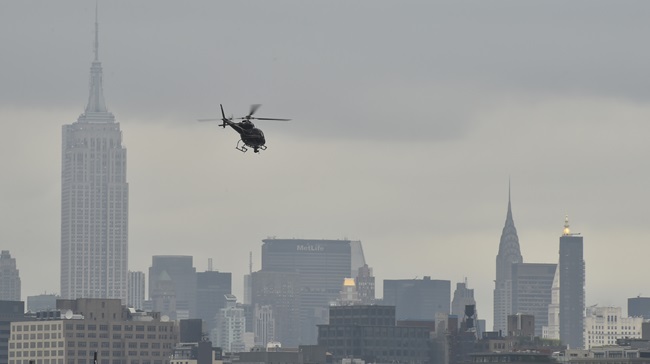As the push for third class medical reform continues on Capitol Hill and with the Department of Transportation and Office of Management and Budget, Senior Aviation Medical Examiner Dr. Brent Blue is expressing his support for the effort by reaching out to fellow AMEs with compelling reasons of why pilot safety won’t be affected by medical reform.
Blue, who said he has been a senior AME for more than 30 years, suggested that some of his peers have shown disdain toward him for speaking out. But that hasn’t kept him quiet.
In a recent post on an aeromedical forum to other AMEs, Blue wrote, “First, I think it is important to recognize a distinct difference between a third class medical and the second and first class ones. When we get into someone’s automobile, we are assuming a certain amount of risk. When we get into a Greyhound bus, we are assuming that the driver has passed various certifications like a commercial driver’s license (CDL) and a CDL medical.
“When one gets into an aircraft of a pilot who is flying Part 91, there is an assumption of risk by the passenger just like the automobile. No one is suggesting we eliminate second and first class medicals for commercial operations.”
The General Aviation Pilot Protection Act gaining momentum on Capitol Hill would allow pilots who make noncommercial VFR flights in aircraft weighing up to 6,000 pounds with no more than six seats to fly without a third class medical certificates. Pilots would be allowed to carry up to five passengers, fly at altitudes below 14,000 feet msl, and fly no faster than 250 knots. The legislation would also require the FAA to report on the safety consequences of the new rule after five years. (A separate FAA proposal is currently being reviewed by the DOT and Office of Management and Budget; details of the proposal have not been released.)
In addition to discussing the difference between commercial and private flight operations, Blue pointed out that pilots who fly on a third class medical must self-assess that they are fit for flight in between visits to their AME every two to five years. “Have these pilots done a good job with this interval self-certification? The statistics show the answer is a resounding ‘yes.’”
Blue also noted that very few medical applicants are actually denied a medical certificate. Most, he said, go through the special issuance process and eventually get their medical certificate. This process, he said, comes at “much time and expense.” He also explained that the FAA has been loosening its medical certification standards to allow insulin dependent diabetics and those with cardiac history to get medical certificates and fly.
“We have to also realize that we need to reduce as many barriers to flying as possible or we will eventually not have any third class general aviation pilots to certify. The recent depression has sent GA into what may be an unrecoverable [doldrum]. Even with the recovery, the high price of fuel is a major hindrance to flying and is unlikely to ever drop. Reducing the cost and hassle of having to obtain a medical and particularly the special issuance medical will eliminate significant barriers,” he wrote.
Blue concluded that the industry could be better served by “giving quality lectures and writing accurate articles for the aviation community so pilots can use good aeromedical information to continue their self-certification before any flight whether they hold a third class medical in their pocket or not.”


